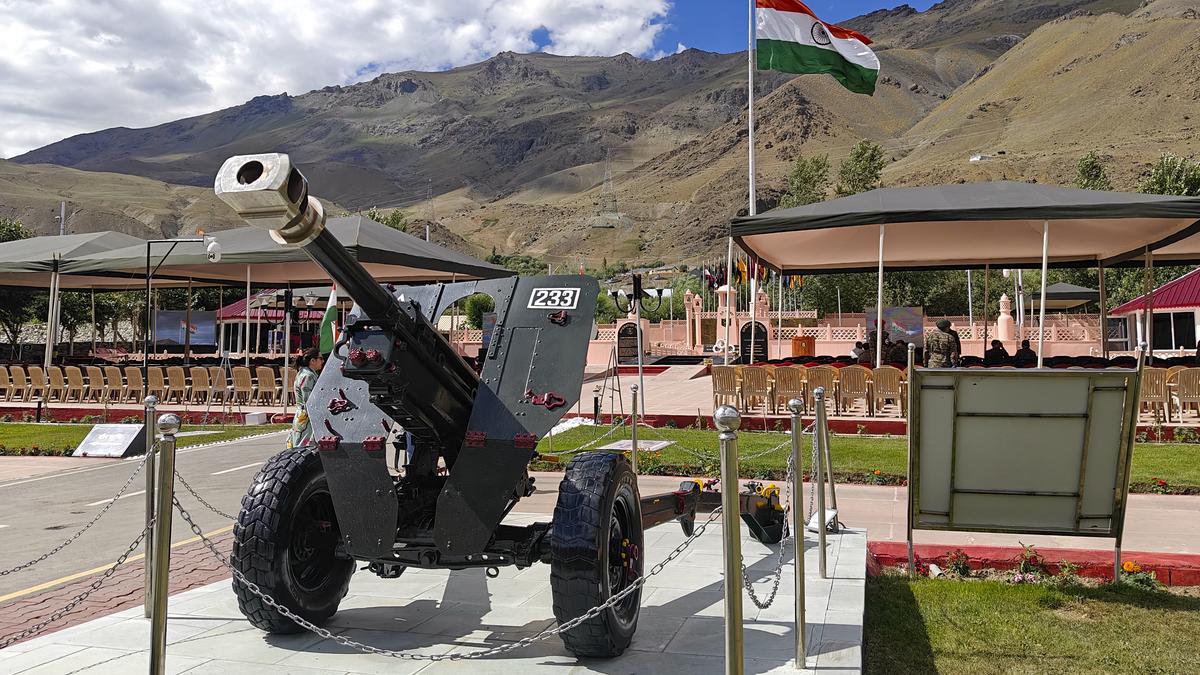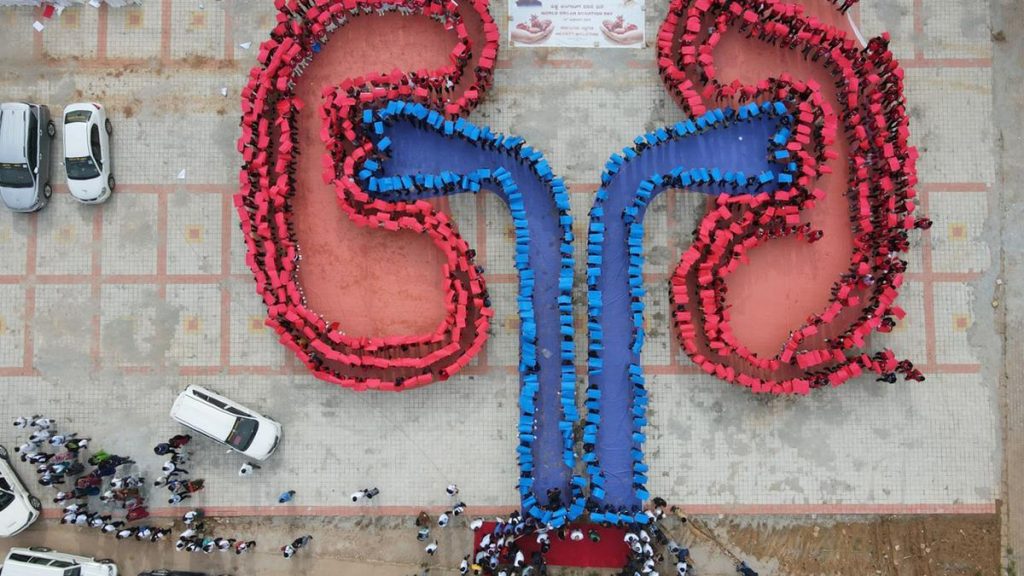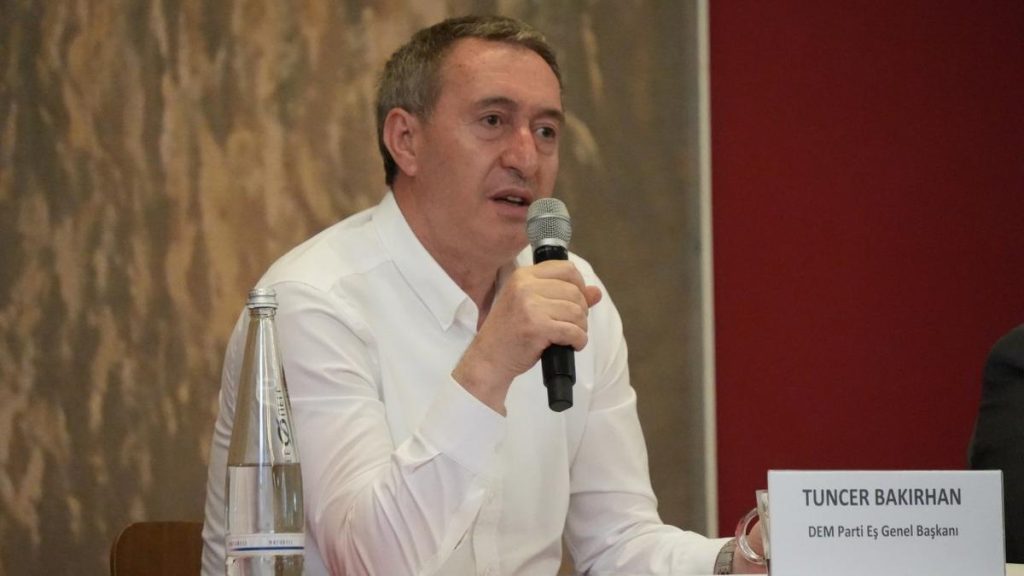Now Reading: Revamping Security Strategy: Spotlight on Kargil & Pahalgam
-
01
Revamping Security Strategy: Spotlight on Kargil & Pahalgam
Revamping Security Strategy: Spotlight on Kargil & Pahalgam

Speedy Summary:
- India commemorates the 26th anniversary of the Kargil War (1999),fought between India and Pakistan,which was India’s first televised conflict. Indian armed forces secured victory by evicting Pakistani troops and forcing a ceasefire.
- Recent parallels are drawn with Operation Sindoor (May 7-10, 2025) after Pakistan-based terrorists killed 26 civilians in pahalgam, Kashmir. In response to this attack:
– Indian military conducted precise strikes on nine terror bases and destroyed key military assets,including the Nur Khan airbase in Pakistan that reportedly housed nuclear storage facilities.
– Pakistan quickly requested a ceasefire following widespread damage to its infrastructure over four days.
- the Kargil conflict highlighted meaningful shortcomings for India regarding intelligence failures, logistical deficits, high-altitude readiness gaps, and inadequate joint force coordination between military branches-prompting structural reforms thereafter:
– Modernisation steps include creating agencies like DIA (2002), NTRO (2004), permanent NSA appointments under PM’s leadership, Cold Start Doctrine for rapid mobilization strategy, raising specialized mountain corps units within armed forces.
– Investments in indigenous weaponry systems led to platforms such as brahmos missiles and Rafale fighters; self-sufficiency under “Make in India” vision boosts domestic production excellence post-Kargil lessons applied further now aligned forward National Policy change referring future progress preparedness shift stronger Counter positioning trends escalation paths Prevention Advocacy spectrum scales Better mitigation future crisis geo-position defense zones frontier dialogues adaptive roles.
Indian Opinion Analysis:
Reflecting on India’s evolving security framework over nearly three decades since Kargil reveals how persistent efforts bolstered India’s conventional military strength alongside proactive counter-terror strategies-from restrained responses pre-2016 to decisive retaliations such as Balakot strikes or Operation Sindoor today. Pahalgam symbolises strategic deterrents against terrorism wherein Pakistan faces tangible costs through targeted destruction of terror networks alongside critical infrastructure losses borne from breaches international ground rules nuclear-bearing thresholds emerging exposes operational positions credibility challenges shaping dialogues stakeholder mechanisms proactively instates combats potential risks optimised protectively timed transformations adaptive multi service-compatible swifts agile greater weight indigenised underscores.
























